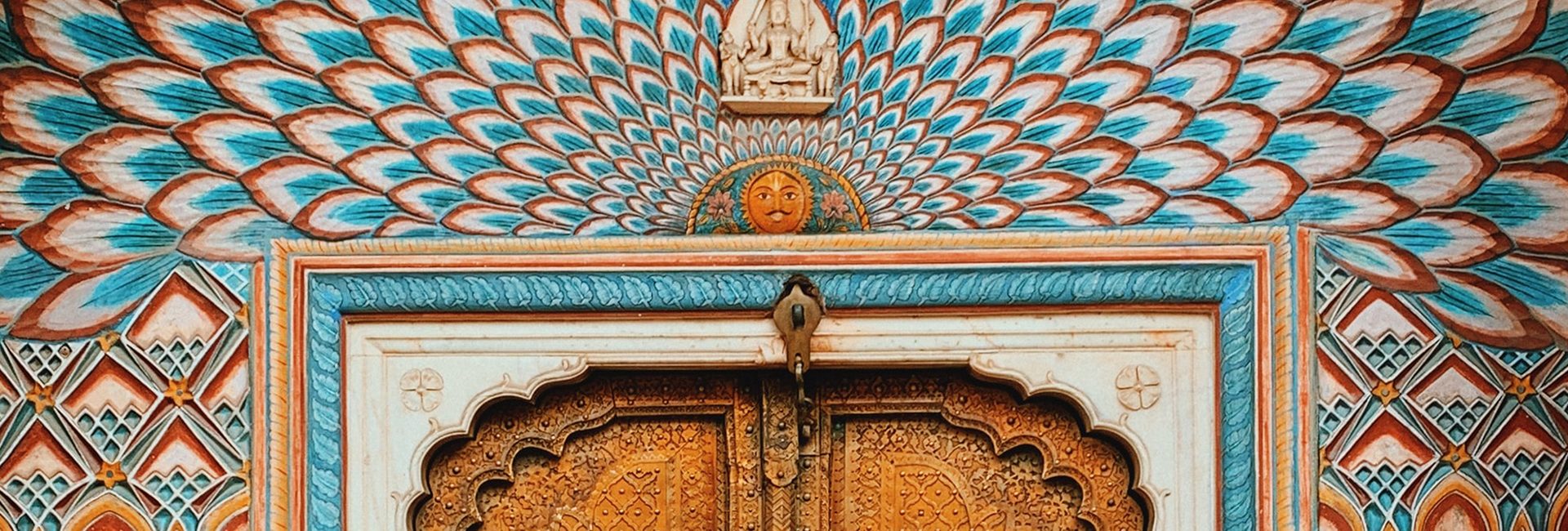The India eCommerce market is massive – and growing. Projected to increase by 21.5% in 2022 alone, the market opportunity will reach $400 billion by 2030. But with huge opportunity comes huge competition. And cultural considerations that drive Indian consumer behavior can make or break your market success.
Koolkart. Rock.in. Mirai. Timtara. What do they all have in common?
From difficulty standing out from competitors to struggling to meet local consumer preferences, each of these promising eCommerce companies ultimately flopped in India. But your India eCommerce strategy doesn’t have to suffer the same fate.
India has over 1.38 billion people, 22 official languages, and multiple distinct cultures. Succeeding in India eCommerce is all about knowing who you’re marketing to – and giving them an experience to remember.
THE eCOMMERCE LANDSCAPE IN INDIA
In the last five years, the eCommerce market in India has exploded, thanks to increased smartphone penetration and the government’s commitment to digital access and empowerment for every Indian citizen. And, like many other markets, the onset of COVID-19 further accelerated that growth.
In 2019, the average annual spend per B2C customer was $339, with 654.3 million Indians purchasing goods online. 78% of users aged 16-54 reported having made online purchases in a recent month.
Travel dominates India eCommerce spending at $87.7 billion annually, followed by fashion and beauty ($12.5 billion), electronics ($8.7 billion), toys/hobbies ($5.0 billion), and food/personal care ($2.4 billion).
CULTURAL CONSIDERATIONS FOR eCOMMERCE IN INDIA
India has 22 official languages – but there are over 19,500 languages/dialects used in the country. And 28 states. And 8 union territories.
Each state and Union Territory has its own unique history, demographics, culture, and language. So it’s crucial to tailor your eCommerce site to a specific region – or even a specific city – to ensure local relevance.
Valuing collectivism and interdependence, Indian consumers are heavily influenced by other people’s opinions when making purchasing decisions. So in-language product reviews are critical to driving purchasing behavior and earning trust. Indian shoppers have higher confidence in products with with images, video reviews, and testimonials, and are more likely to engage with reviews in their own language. Since they often research multiple options before they buy, offering reviews is a crucial element of the consumer journey. And it’s the key to beating out your competition.
STANDING OUT IN INDIA’S CROWDED eCOMMERCE LANDSCAPE
The eCommerce market in India can be tough to break into since shoppers have so many options. Here’s how you can tailor your eCommerce experience to win over Indian consumers.
Product expectations
Quality is key to Indian consumers, and it’s the primary driver in purchasing a product. They value affordability too. But the temptation to provide cheap goods at scale in this market will prove ineffective with consumers.
The product catalog is one of the most important aspects of the Indian eCommerce experience. Consumers expect an extensive (but curated and customizable) product selection. An increasing number of small- to mid-sized eCommerce companies have found success by segmenting their audience and delivering products that suit a specific niche, like eco-friendly/sustainable products and specialty clothing. Offering a generic selection of goods will make customers in this market lose interest.
Since Indian shoppers rely heavily on research in making purchasing decisions, it’s a good idea to provide research-friendly product information and photos to help consumers understand and compare their options. And, of course, product reviews are an important part of that.
User experience considerations
As with all online shoppers, Indian consumers want quick, easy access to their favorite products and services. The way they’re displayed within the site is also important to consumers, along with compelling company and product descriptions.
With so many online retailers to choose from, Indian consumers aren’t willing to compromise on site speed and dependability. You’ll need to ensure that your eCommerce platform serves up localized content quickly, so be sure to enlist the help of in-market experts to test your site for speed, performance, and usability.
Offering flexible payment, shipping, and delivery options is also a must. The buy now, pay later market is set to grow ten-fold in India within four years, hitting as high as $50 billion by 2026. (That’s 80-100 million customers.) And payment on delivery is still very popular. As part of your eCommerce localization strategy, be sure to consider payment and fulfillment options that offer your Indian customers the best possible experience while increasing your competitiveness in-market.
Digital brand discovery
Just like consumers throughout the world, Indian online shoppers discover new brands primarily through search engines. Google is the top search engine in India, and you’ll need a solid, local organic and paid strategy to make headway in the market.
“Only after [addressing] SEO was I able to get traffic of potential customers.” – Manager of a B2C eCommerce website based out of Rajkot
But India’s omnichannel eCommerce landscape means that successful consumer engagement relies on multiple channels and platforms. Social media in particular plays a large role in learning about new brands. YouTube is the most popular social network in India, followed by Meta platforms: Facebook, WhatsApp, Instagram, and Facebook Messenger.
Digital and streaming ads are also effective for driving brand awareness, and promotional offers are an effective avenue for driving traffic to an eCommerce site.
Indian consumers routinely utilize multiple channels and touchpoints in making their purchasing decisions. So successful eCommerce brands must adopt strategically localized omnichannel marketing and communication strategies to effectively get in front of their audience and drive conversions.
Language considerations
Though consumers in India are open to engaging with global brands and cross-regional advertising, eCommerce sites should localize to cater to India’s unique array of in-country regional differences.
A common mistake is the assumption that India’s widespread English proficiency doesn’t require a localization strategy. But generic or overly Westernized content won’t go over well with Indian shoppers, who expect engagement with brands focused on their cultural norms – and native language.
Hindi is the most common language in India (43.6%), followed by Bengali, Marathi, Telugu, and Tamil. With so many languages and dialects to choose from, it can be tempting to just go with the most dominant language. But segmenting your target audience is key. Begin with in-depth audience profiling, starting with a specific region, so you can tailor your approach to the language and demographics of consumers most likely to engage with your brand.
Customer and post-sales support
Indian consumers expect customer support during all steps of the shopping and delivery process. In fact, customer support is so important that 86% of Indian consumers are willing to spend more with a company that shows proof of providing excellent customer service. Nearly 63% choose not to purchase if there is a perceived notion of poor customer service.
This focus on customer service also extends to post-sales support. Consumers expect active post-purchase engagement through social media and email with an emphasis on providing promotional deals. The ability for shoppers to easily engage with customer service representatives and provide feedback both strengthens brand reputation and fosters consumer loyalty.
Shoppers will reward your brand for excellent post-sales support too. 73% of Indian consumers confirmed they write positive posts about customer service experiences on social media.
FINAL THOUGHT
The eCommerce opportunity in India is huge – and the complexity of achieving success can be daunting. To effectively address this market, the most important consideration is localizing your site to meet customer experience expectations. Because ultimately, the main reason Indian consumers decide to buy comes down to how well you connect the value of your brand and products with what makes their culture so unique.







